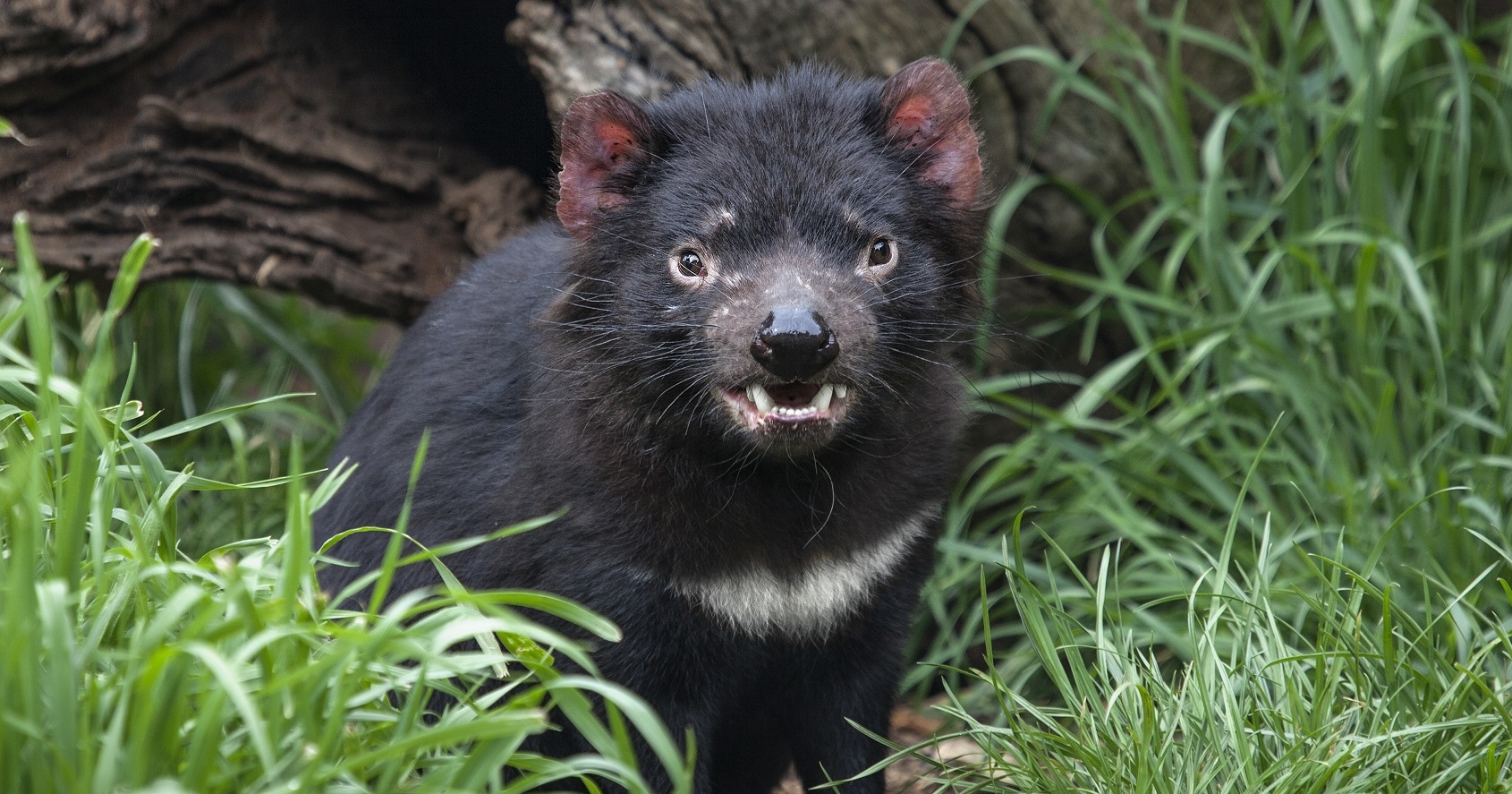Study reveals immunised devils produced own DFTD-specific antibody

Study reveals immunised devils produced own DFTD-specific antibody
A new study has found more than 95 per cent of Tasmanian devils immunised prior to being released into the wild have generated a robust antibody response to the deadly devil facial tumour disease (DFTD).
Lead author Dr Ruth Pye from the University of Tasmania’s Menzies Institute for Medical Research tested whether immunised devils that were to be released back into the wild could generate an immune response against DFTD.
The study involved two release phases of immunised devils into Tasmania – 19 at Narawntapu National Park and 33 devils at Stony Head.
Out of the 52 devils immunised and released, 95 per cent of them had made DFTD-specific antibodies.
Devils were monitored and re-trapped for testing at intervals after release to determine if immune responses could be detected.
“This is the latest study as part of a larger research effort towards developing a vaccine approach in controlling DFTD,” Dr Pye said.
“This study is the first evidence that most Tasmanian devils can make an antibody response against DFTD cells, and that this response has persisted over time.
“Although there was a slow decline in the amount of specific antibody seen, responses were maintained for at least five months after immunisation.
“The type of antibody produced was IgG, which also confirms that there is recognition of the tumour cells by T lymphocytes (a type of white blood cell), which are important cells for anti-cancer immune responses.”
The study was led by researchers from the University of Tasmania’s Menzies Institute for Medical Research and School of Medicine, along with collaborators from the University of Tasmania’s School of Natural Sciences, Save the Tasmanian Devil Program, the Walter and Eliza Hall Institute, CSL Ltd and the universities of Sydney, Western Sydney and Melbourne.
Dr Pye said the immunisation strategies differed across the two release groups with the first involving up to four injections, and the second group only having two injections as it was a modified formulation designed to improve responses.
“We will continue to refine and optimise our immunisation protocol with the eventual aim of a single shot vaccine,” she said.
“The study was not designed to determine the effect of immunisation on preventing transmission of the tumour, as animal numbers and re-trapping rates are insufficient for analysis.
“However, protection will be an additional focus of our future studies.”
Senior author Dr Bruce Lyons, from the University’s School of Medicine, said the support of the Save the Tasmanian Devil Appeal (www.tassiedevil.com.au) was critical for ongoing work.
Funding for the study was provided by Australian Research Council and Wildcare Inc, with additional support from the University of Tasmania Foundation through funds raised by the Save the Tasmanian Devil Appeal. The Stony Head release took place on land owned by the Australian Defence Force.
The Wild Devil Recovery project received funding from the Australian Commonwealth and Tasmanian governments.
The paper, “Immunization strategies producing a humoral IgG immune response against Devil Facial Tumor Disease in the majority of Tasmanian devils destined for wild release”, was published in the journal Frontiers in Immunology.
It was authored by Pye R, Patchett A, McLennan E, Thomson R, Carver S, Fox S, Pemberton D, Kreiss A, Baz Morelli A, Silva A, Pearse MJ, Corcoran LM, Belov K, Hogg CJ, Woods G and Lyons AB.
To view the paper visit: https://www.researchgate.net/publication/323264067_Immunization_Strategies_Producing_a_Humoral_IgG_Immune_Response_against_Devil_Facial_Tumor_Disease_in_the_Majority_of_Tasmanian_Devils_Destined_for_Wild_Release
twitter.com/utas_newsroom
Contact: Miranda Harman
Phone: 0427199562
Email: